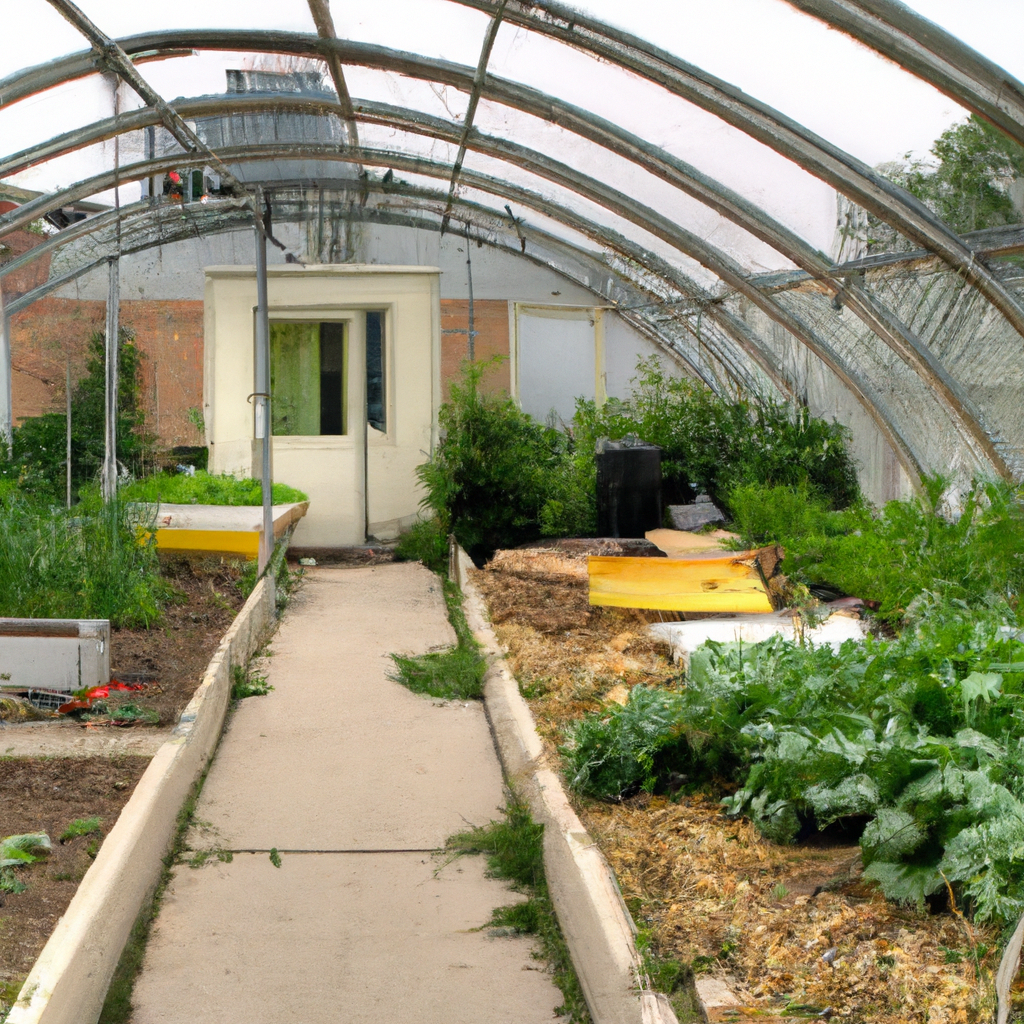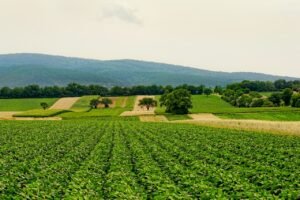
Imagine living in a bustling city, surrounded by towering buildings and bustling streets. Now, imagine trying to grow your own food in this concrete jungle. It seems like an impossible task, right? Not anymore. In this article, we will explore the innovative techniques and strategies that can help you maximize sunlight for urban farming in shaded areas. From vertical gardens to reflective surfaces, you’ll discover the secrets to creating thriving green spaces in the heart of the city. Get ready to transform your urban oasis into a flourishing haven of fresh produce. Let’s dive in!
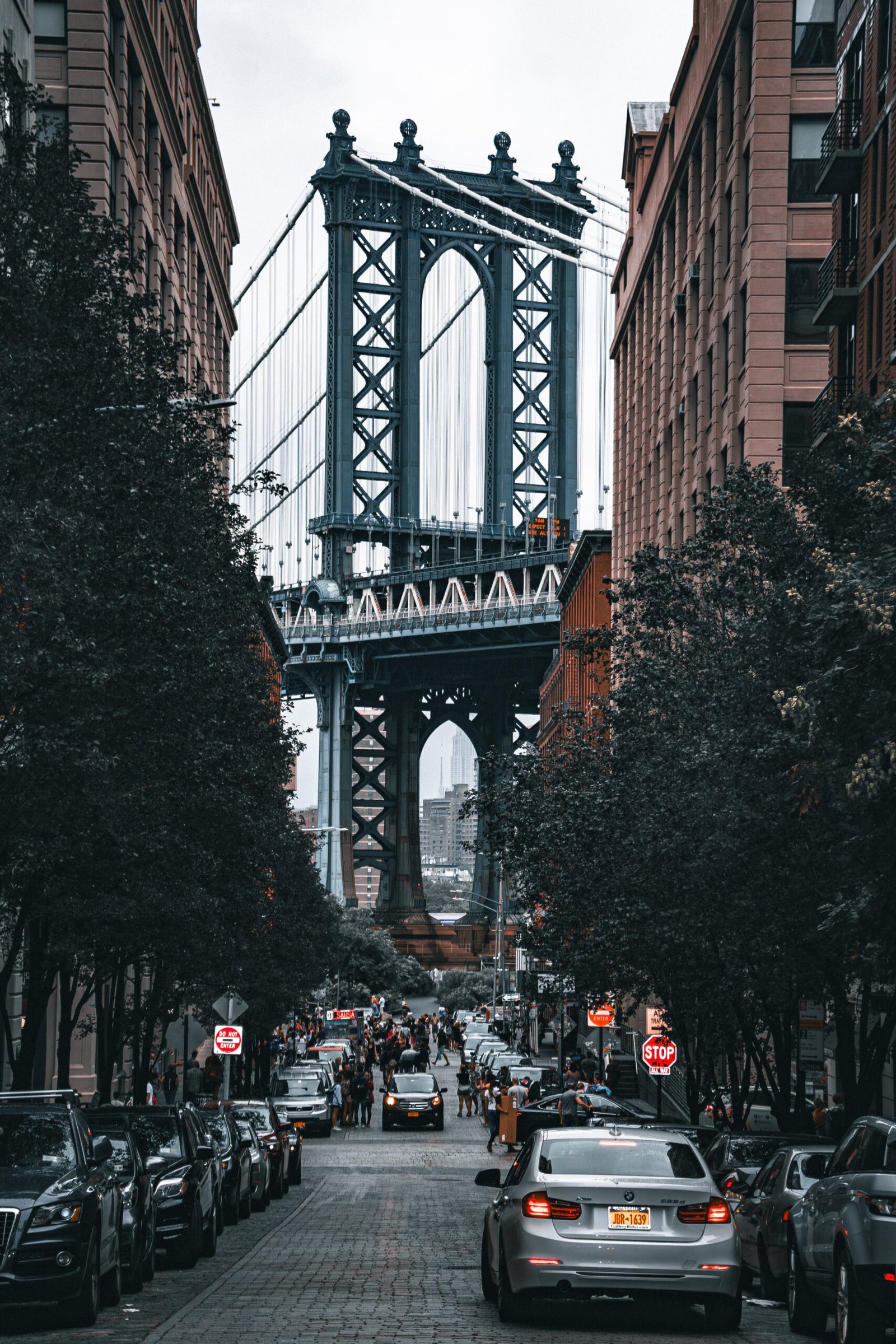
Understanding the Challenges of Urban Farming in Shaded Areas
Importance of sunlight for plant growth
Sunlight plays a crucial role in the growth and development of plants. It is through the process of photosynthesis that plants convert light energy into chemical energy, which is essential for their survival and production of food. Sunlight provides plants with the necessary energy to produce glucose, which is then used to synthesize other vital compounds such as proteins, carbohydrates, and vitamins. In addition to energy production, sunlight also helps in the absorption of essential nutrients from the soil and regulates important physiological processes in plants.
Impact of shade on urban farming
Shade poses a significant challenge for urban farming as it restricts the amount of sunlight received by plants. The presence of tall buildings, trees, or other structures can cast shadows and reduce the intensity and duration of sunlight exposure. Insufficient sunlight can lead to stunted growth, reduced yield, and poor overall plant health. Plants may exhibit elongated and weak stems, pale or yellowish leaves, and delayed flowering or fruiting. To overcome these challenges, it is crucial to assess sunlight availability accurately and implement strategies to optimize natural or artificial light sources.
Limitations of traditional farming methods in shaded areas
Traditional farming methods, such as open-field cultivation, rely on sufficient sunlight exposure for optimal plant growth. In shaded areas, these conventional methods may not yield desirable results due to limited sunlight availability. The proximity of tall buildings or trees may obstruct sunlight and compromise the productivity of crops. Furthermore, traditional farming practices often require significant land use, which may be scarce in urban environments. Therefore, alternative approaches, such as vertical farming or innovative use of space, need to be explored to maximize crop production in shaded urban areas.
Assessing Sunlight Availability
Sunlight measurement tools
To accurately assess sunlight availability in shaded areas, various measurement tools can be utilized. One commonly used tool is the lux meter, which measures the intensity of light in lux units. Lux meters can provide valuable insights into the light conditions and help determine potential areas of shade. Another useful tool is the spectrometer, which measures the intensity and spectrum of light. Spectrometers can help determine the quality of light and identify any deficiencies, allowing for adjustments to be made accordingly.
Determining shade intensity and duration
Understanding the intensity and duration of shade is crucial for effective planning in urban farming. Shade intensity can be evaluated by analyzing the percentage of direct sunlight received at different times of the day. Shade duration refers to the amount of time a particular area remains shaded throughout the day. This information can be obtained by tracking the movement of shadows throughout the day or by using time-lapse photography. By accurately determining shade intensity and duration, farmers can make informed decisions about crop selection and cultivation methods.
Identifying areas with limited sunlight
Identifying areas with limited sunlight is a crucial step in urban farming to avoid wasting resources on crops that may not thrive in shaded conditions. When assessing the suitability of an area for farming, various factors should be considered, including the presence of tall buildings, trees, or other structures that cast shadows. Mapping the sun’s path and analyzing the surrounding environment can provide insights into areas that may have restricted sunlight. By identifying areas with limited sunlight, farmers can strategically allocate resources and implement appropriate farming techniques to maximize productivity.
Choosing Shade-Tolerant Crops
Benefits of cultivating shade-tolerant crops
Cultivating shade-tolerant crops can be a practical solution for urban farming in shaded areas. Shade-tolerant crops have adapted to lower light conditions and can thrive with reduced sunlight exposure. By selecting shade-tolerant crops, farmers can overcome the limitations posed by shading and maintain a consistent food supply. Additionally, shade-tolerant crops often require less water and have reduced susceptibility to certain pests and diseases, making them an environmentally sustainable choice for urban farming.
Examples of shade-tolerant crops
Several crops are known for their ability to tolerate shade and can be successfully cultivated in shaded urban areas. Some examples of shade-tolerant crops include leafy greens such as spinach, lettuce, and kale, which often thrive in partially shaded environments. Herbs like mint, parsley, and cilantro are also suitable for growing in shaded areas. Furthermore, certain root vegetables like carrots and beets can adapt well to lower light conditions. Exploring the diverse range of shade-tolerant crops allows farmers to select crops that align with market demand and nutritional requirements.
Considering nutritional requirements and market demand
When choosing shade-tolerant crops for urban farming, it is essential to consider both nutritional requirements and market demand. Different crops have varying nutritional needs, and selecting crops that can thrive in partially shaded environments while meeting these requirements is crucial. Additionally, understanding the market demand for specific crops allows farmers to align their production with consumer preferences, ensuring a viable and profitable farming operation. By choosing shade-tolerant crops that have nutritional value and market demand, urban farmers can optimize their productivity and meet the needs of their community.
Implementing Vertical Farming Techniques
Advantages of vertical farming in shaded areas
Vertical farming is an innovative approach that can effectively address the challenges of urban farming in shaded areas. By growing crops vertically, farmers can maximize sunlight exposure by utilizing different levels of a structure. This allows for increased productivity within a smaller footprint, making it suitable for urban environments where land is limited. Vertical farming also provides better control over environmental factors such as temperature, humidity, and pest management, resulting in healthier plants and higher yields. Additionally, vertical farming can enhance the aesthetics of urban spaces, contributing to a greener and more sustainable cityscape.
Vertical farming systems and structures
Various systems and structures can be implemented in vertical farming to optimize sunlight utilization in shaded areas. One common system is the vertical tower system, in which plants are stacked vertically, with each tier receiving adequate sunlight. Another approach is the vertical wall system, where plants are grown vertically on walls using specialized containers or modules. Greenhouses can also be designed with multiple levels or shelves to maximize vertical space utilization. By implementing vertical farming systems and structures, farmers can effectively utilize available sunlight and scale their production in shaded urban areas.
Applying hydroponics or aeroponics for space optimization
In vertical farming, hydroponics or aeroponics systems can be utilized to maximize space utilization and optimize plant growth. Hydroponics is a soilless cultivation method that uses water-based nutrient solutions to deliver essential minerals to the plants. This method allows for precise control over nutrient availability and can be tailored to the specific needs of each crop. Aeroponics, on the other hand, involves growing plants in an air or mist environment without the use of soil or water. By misting the plant roots with nutrient-rich solutions, plants can efficiently absorb nutrients and grow in minimal space. Both hydroponics and aeroponics offer space-saving solutions for urban farming in shaded areas, allowing for efficient and sustainable crop production.
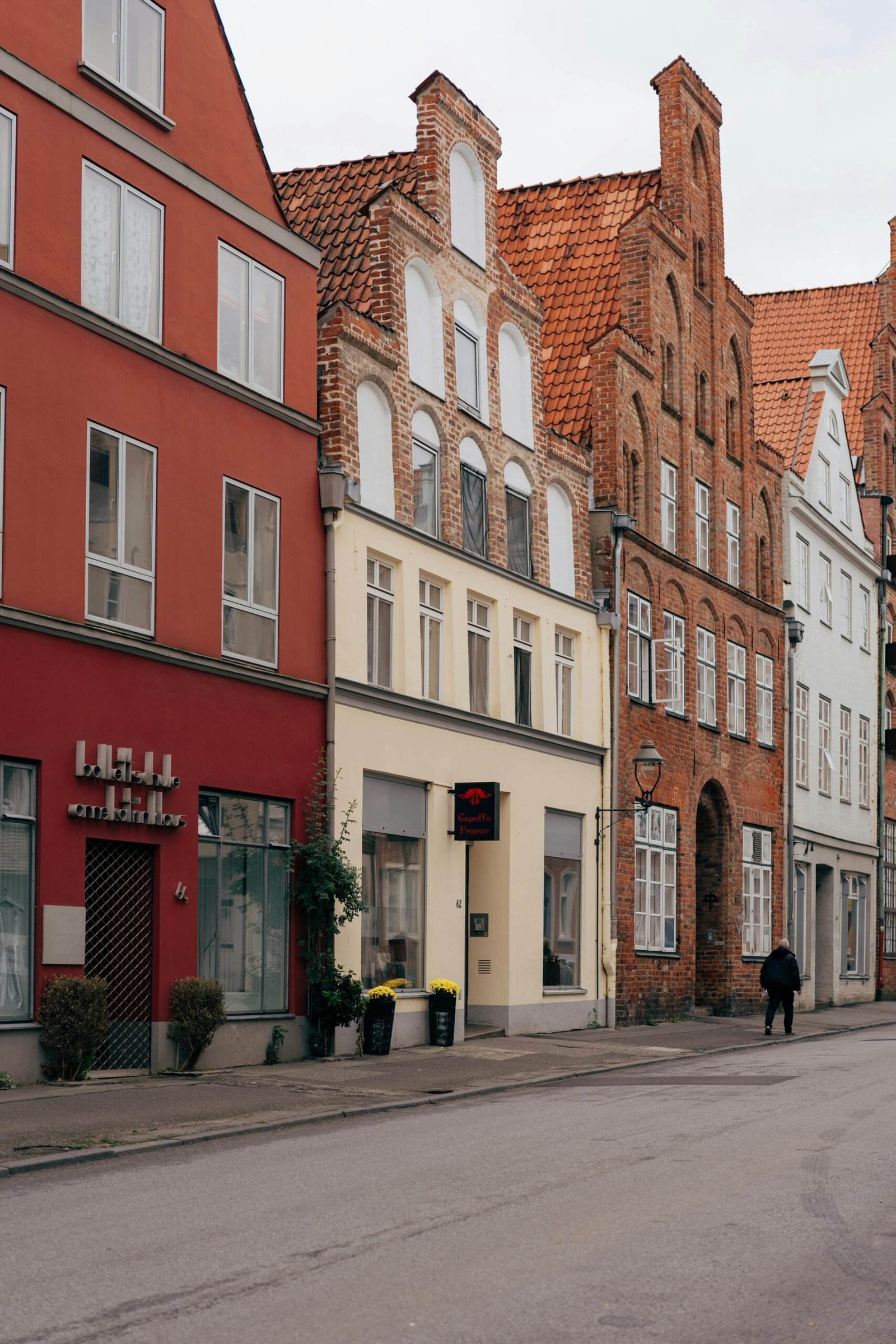
Optimizing Natural Light
Pruning or trimming surrounding vegetation
One effective way to optimize natural light in shaded areas is through the pruning or trimming of surrounding vegetation. By removing overgrown branches or dense foliage, sunlight can penetrate through and reach the plants more effectively. Trimming nearby trees or shrubs can also prevent excessive shading and create a favorable microclimate for crop growth. It is essential to consider the specific light requirements of the crops being cultivated and strategically prune or trim the vegetation to maximize sunlight exposure.
Using reflective surfaces to redirect sunlight
Reflective surfaces can be utilized to redirect sunlight towards shaded areas and maximize its utilization. Placing mirrors or reflective materials strategically can bounce sunlight onto plants, effectively increasing the overall light intensity. This technique can be particularly useful in areas with limited direct sunlight, as it helps extend the duration and coverage of light exposure. By leveraging reflective surfaces, urban farmers can optimize natural light availability and enhance plant growth in shaded environments.
Understanding the sun’s movement throughout the day
Understanding the sun’s movement throughout the day is crucial for optimizing natural light in shaded areas. By observing the path of the sun, farmers can determine which areas receive the most sunlight and plan their farming activities accordingly. This knowledge enables farmers to position their crops strategically, ensuring maximum exposure to sunlight throughout the day. By aligning the planting and cultivation practices with the sun’s movement, farmers can make the most efficient use of available sunlight and enhance the productivity of their urban farms.
Artificial Lighting Solutions
Supplementing natural light with artificial sources
In shaded areas where natural sunlight is limited, supplementing it with artificial lighting is essential for the successful cultivation of crops. Artificial lighting can provide the necessary light spectrum and intensity required for plant growth. By combining natural and artificial light sources, farmers can maintain optimal light conditions throughout the day and ensure consistent plant growth and development. Supplementing natural light with artificial sources is particularly crucial in indoor farming or spaces where sunlight penetration is limited.
Types of grow lights suitable for urban farming
Several types of grow lights are suitable for urban farming in shaded areas. Fluorescent lights, such as T5 or T8 tubes, are commonly used for their efficiency and affordability. LED (Light Emitting Diode) lights are another popular choice due to their energy efficiency, long lifespan, and ability to provide specific light spectrums required for different plant stages. Metal Halide (MH) and High-Pressure Sodium (HPS) lights are also used in urban farming, primarily for their ability to produce intense light suitable for flowering or fruiting plants. By selecting the appropriate type of grow lights, urban farmers can provide the necessary light conditions for optimal plant growth and maximize their productivity.
Understanding light spectrum and intensity requirements
Understanding the light spectrum and intensity requirements for different plant species is crucial when implementing artificial lighting solutions in urban farming. Different crops have varying light preferences, and providing the right light spectrum can significantly impact their growth and development. Blue light stimulates vegetative growth, while red light promotes flowering and fruiting. Additionally, considering the intensity of light required by plants at different stages is essential. Seedlings and young plants generally require higher light intensity compared to mature plants. By tailoring the light spectrum and intensity to match the specific needs of crops, urban farmers can optimize artificial lighting to enhance plant productivity in shaded areas.
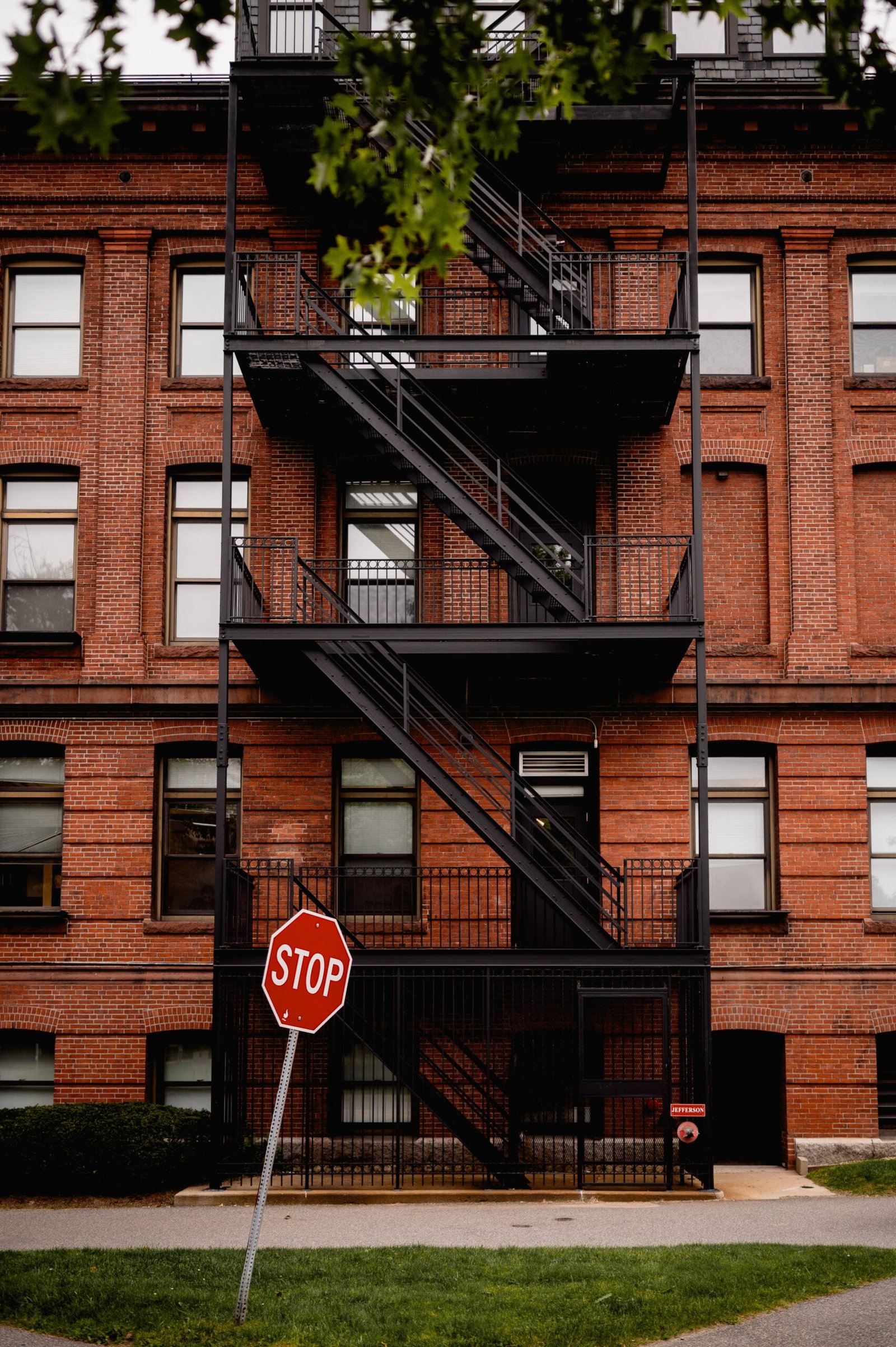
Using Mirrors and Light Tubes
Enhancing sunlight penetration with mirrors
Mirrors can be used to enhance sunlight penetration in shaded areas and direct it towards crops. By strategically placing mirrors, sunlight can be reflected onto plants, effectively increasing their light exposure. Mirrors can be especially useful in areas with tall buildings or dense vegetation that obstruct sunlight. By placing mirrors at different angles, farmers can redirect sunlight and maximize its utilization. However, it is important to consider the potential heat reflection and ensure that excessive heat does not damage plants. By using mirrors judiciously, farmers can harness the power of sunlight and overcome the challenges posed by shading.
Installing light tubes for indoor farming
Light tubes, also known as sun tubes or light pipes, can be installed to bring natural sunlight into indoor farming spaces with limited access to windows or outdoor areas. Light tubes consist of a reflective tube that captures sunlight from a rooftop or external surface and redirects it into the indoor space using mirrors or lenses. This technology allows for the distribution of natural light deep into the building, reaching plants that would otherwise receive insufficient sunlight. By installing light tubes, urban farmers can create well-lit indoor environments for plant growth and maximize sunlight utilization in shaded areas.
Balancing light diffusion and intensity
When using mirrors or light tubes to enhance sunlight penetration, it is crucial to balance light diffusion and intensity. Diffusing sunlight ensures that it spreads evenly and reaches all parts of the plant, minimizing shadowing and optimizing light exposure. However, excessive diffusion can lead to a decrease in light intensity, which may not be sufficient for optimal plant growth. Finding the right balance between diffusion and intensity ensures that plants receive adequate light for photosynthesis and other physiological processes. By carefully managing light diffusion and intensity, urban farmers can create optimal light conditions for plant growth and maximize productivity in shaded areas.
Incorporating Sunlight-Tracking Technologies
Benefits of solar tracking systems
Solar tracking systems can be incorporated into urban farming to optimize sunlight utilization throughout the day. These systems automatically adjust the position of solar panels or reflective surfaces, tracking the sun’s movement and maximizing light capture. By continuously aligning with the sun’s position, solar tracking systems can significantly increase the amount of sunlight received, especially in shaded areas. This technology enhances the efficiency of solar energy utilization and ensures that crops receive an optimal amount of sunlight for growth and development.
Automated sun-tracking systems for urban farming
Automated sun-tracking systems are specifically designed for urban farming applications, allowing for efficient utilization of sunlight in shaded areas. These systems use advanced sensors and motors to track the sun’s movement and adjust the position of reflective surfaces or artificial lighting sources. By automatically following the sun’s path, these systems can optimize light exposure for crops, ensuring that they receive the ideal amount of sunlight throughout the day. Automated sun-tracking systems are particularly valuable in urban farming, where space and sunlight are limited resources.
Considering cost-effectiveness and maintenance
When incorporating sunlight-tracking technologies in urban farming, it is essential to consider the cost-effectiveness and maintenance requirements of such systems. While these technologies offer significant benefits in terms of sunlight optimization, they may involve higher initial costs for installation and equipment. It is crucial to evaluate the potential long-term benefits and returns on investment before implementing these systems. Additionally, the maintenance aspect should be considered, as these technologies may require regular monitoring, calibration, or repairs. By considering the cost-effectiveness and maintenance requirements, urban farmers can make informed decisions about the incorporation of sunlight-tracking technologies in shaded areas.
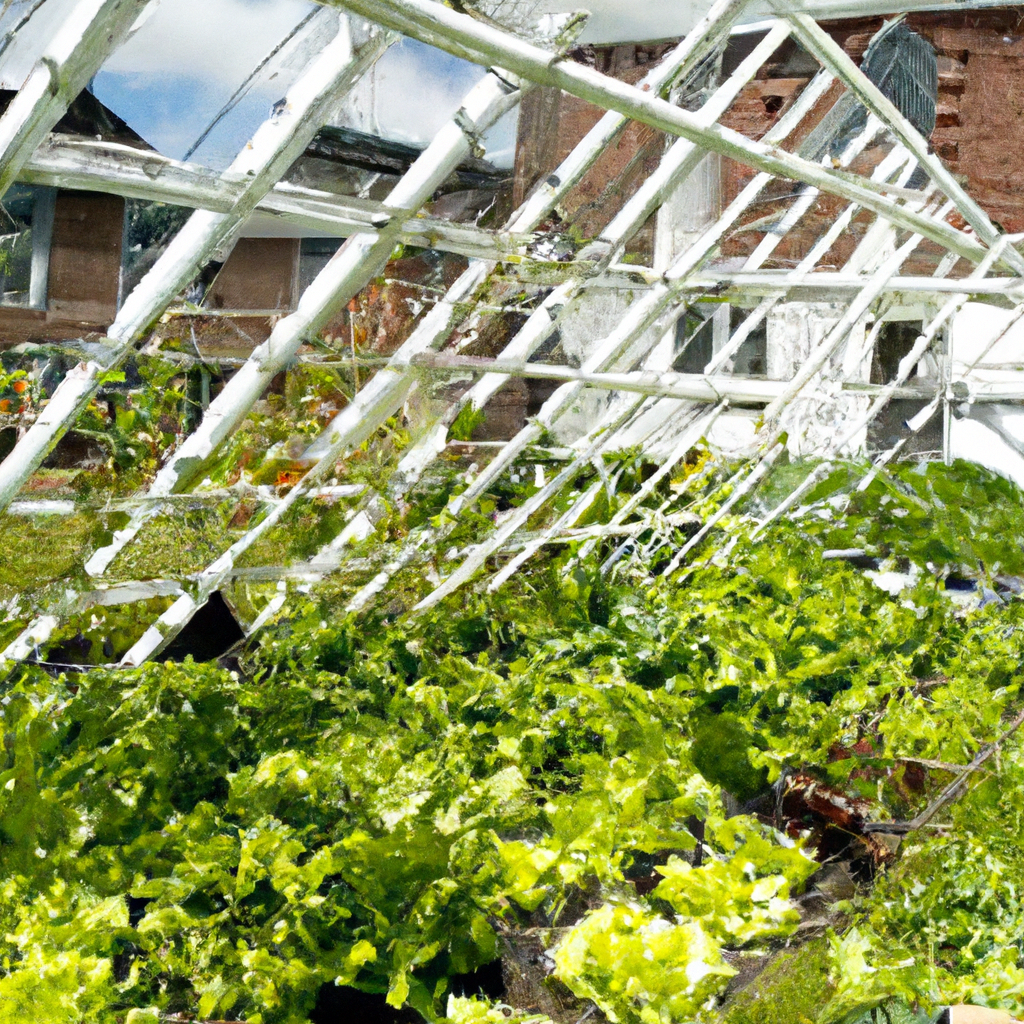
Collaborating with Architects and Urban Planners
Integrating urban farming in building design
Collaborating with architects and urban planners is crucial for integrating urban farming into building design and maximizing sunlight exposure. By integrating farming spaces within buildings or incorporating rooftop gardens, architects can strategically position these areas to receive ample sunlight throughout the day. By working closely with architects, urban farmers can create innovative farming structures that optimize natural light and seamlessly integrate with the urban environment. Additionally, the collaboration can result in the development of multi-functional buildings that serve both agricultural and residential or commercial purposes.
Incorporating green roofs and vertical gardens
Green roofs and vertical gardens are excellent ways to incorporate urban farming and maximize sunlight exposure in shaded areas. Green roofs involve the installation of vegetation on the roof of a building, providing a space for growing crops and creating a green environment. Vertical gardens utilize vertical surfaces, such as walls or trellises, to grow crops vertically. These solutions help to maximize space utilization, increase sunlight exposure, and offer aesthetic benefits. By collaborating with architects and urban planners, urban farmers can explore the potential of green roofs and vertical gardens to enhance sunlight utilization and promote sustainable urban farming.
Collaborative approaches to maximize sunlight exposure
Collaborative approaches between urban farmers, architects, and urban planners are essential for maximizing sunlight exposure in shaded areas. By sharing knowledge, expertise, and resources, these stakeholders can collectively develop innovative solutions that address the challenges of urban farming. Collaborative approaches can involve the design and construction of green infrastructure, such as shading structures or light-penetrating rooftops, along with integrating farming spaces into urban developments. These collaborative efforts can lead to the creation of vibrant and sustainable urban farming ecosystems that maximize sunlight exposure and contribute to the well-being of the community.
Community Engagement and Education
Raising awareness about urban farming benefits
Engaging the community and raising awareness about the benefits of urban farming is crucial for its successful implementation in shaded areas. By educating the community about the positive impacts of urban farming, such as increased access to fresh produce, improved food security, and environmental sustainability, more people can appreciate its value. Awareness campaigns, public demonstrations, and workshops can be organized to showcase the benefits and importance of urban farming in shaded environments. By fostering a sense of community ownership and involvement, urban farmers can gain support and cooperation from residents in their farming efforts.
Educating residents on sustainable food production
Educating residents on sustainable food production practices is essential for the long-term success of urban farming in shaded areas. Workshops and training programs can be conducted to teach residents about various farming techniques, such as vertical farming, hydroponics, or other innovative methods suitable for shaded environments. By providing knowledge on sustainable farming practices, residents can actively participate in urban farming initiatives and even implement small-scale farming in their own spaces, such as balconies or community gardens. The dissemination of sustainable food production knowledge empowers residents to take charge of their own food security and contribute to a more sustainable urban ecosystem.
Promoting community involvement and support
Promoting community involvement and support is vital for the growth and sustainability of urban farming in shaded areas. Organizing community events, such as farmers’ markets or gardening workshops, fosters a sense of belonging and encourages residents to actively participate in urban farming initiatives. Community gardens can be established where residents can collectively grow and harvest crops, creating a collaborative and supportive environment. Regular communication channels, such as newsletters or social media groups, can be utilized to keep the community informed about the progress of urban farming projects and engage them in volunteering or supporting the farmers. By actively involving the community in urban farming, a strong support network can be formed to overcome the challenges of shaded areas and ensure the long-term success of urban farming endeavors.
In conclusion, maximizing limited sunlight for urban farming in shaded areas requires a holistic approach that acknowledges the importance of sunlight and explores various strategies to optimize its utilization. Assessing sunlight availability, selecting shade-tolerant crops, implementing vertical farming techniques, optimizing natural light, utilizing artificial lighting solutions, incorporating mirrors and light tubes, incorporating sunlight-tracking technologies, collaborating with architects and urban planners, and fostering community engagement and education are all crucial components of this approach. By understanding the challenges posed by shading and implementing these strategies, urban farmers can overcome limitations and successfully cultivate crops in shaded urban environments, ensuring a sustainable and productive future for urban farming.
